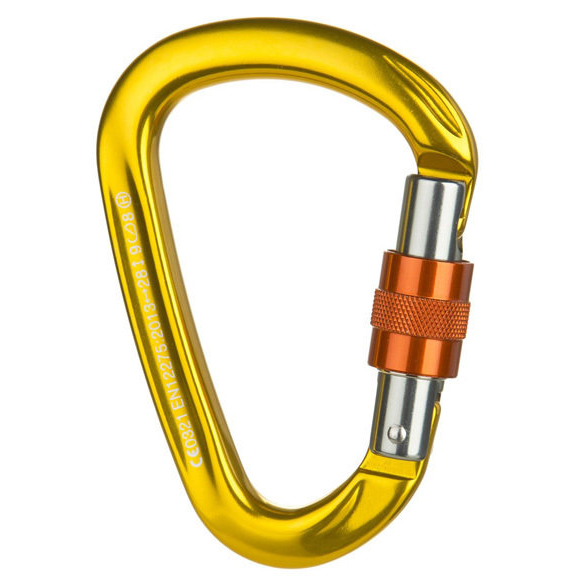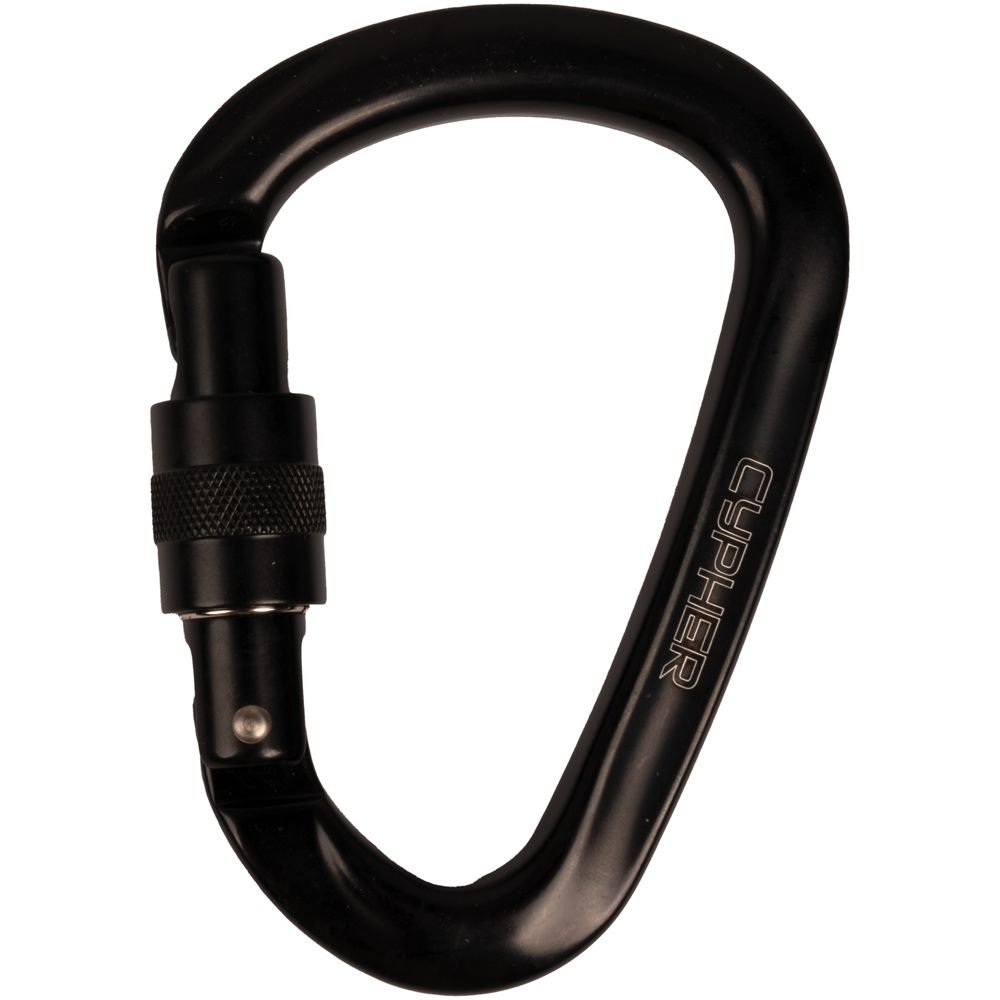How to Tie Two Ropes Together
There is a lot of discussion about the "best" knot for tying two ropes together. For canyoneering, for climbing, for whatever! It depends—of course it depends. It always depends. For many of us, the preferred knot for connecting rope is the European Death Knot (aka Euro Death Knot or EDK) WITH a back-up knot. Which has many names, but let's call it the STACKED EDK or the STACKED OFFSET OVERHAND BEND. The first picture below shows the first overhand knot; the second, with the backup knot tied; and the third tightened up so the knots are stacked tightly against each other. Leave at least 10" of tail.
One way of tying two ropes together: The infamous “European Death Knot,” backed-up and cleanly tied
The Stacked EDK is nice for tying two ropes together because it is easy to tie and untie. It is flat on one side, so it pulls easily over edges, and resists getting stuck in cracks better than many knots.
There are other names for this knot. Since it is based on an overhand knot, it could be called an "Overhand-EDK, with an overhand backup". Knot-nerds would call it the "offset overhand bend", or "one-sided overhand bend".
This picture shows the knot going over an edge. Note that the knot rotates upward and makes passage easier.
ALWAYS use a backup knot on the European Death Knot. This is CRITICAL when the two ropes are different sizes.
When NOT to use an Euro Death Knot
The most important time to NOT use an Euro Death Knot is when the ropes are very stiff. The EDK is a simple knot, and relies on the knotability of the rope for security. Therefore, when the rope is quite stiff, and resists being tied, use a higher-security knot, such as a double-fisherman's. Or better - get yourself a better rope.





